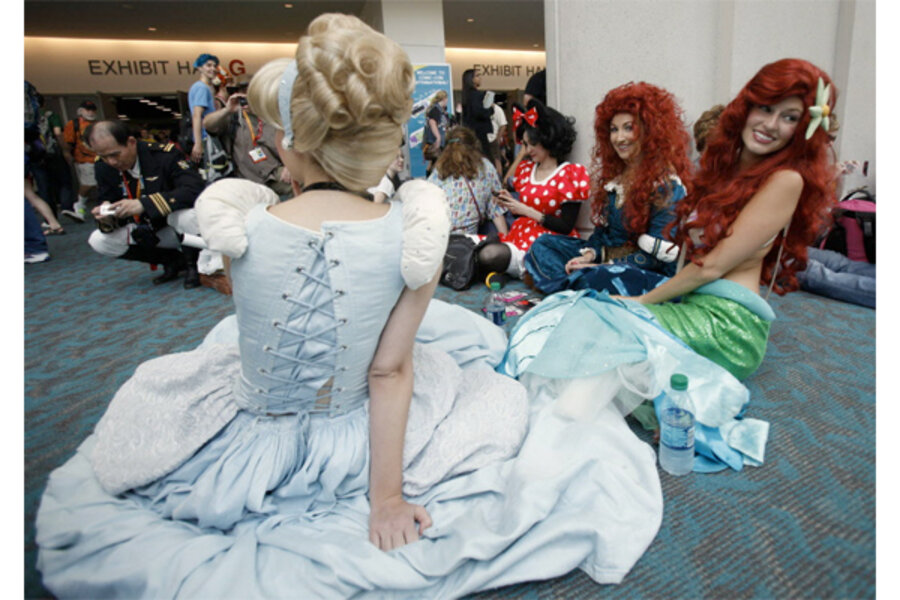Little Mermaid surgery; Do Disney Princesses need to be sexier?
Once upon a time, we might have complained that Disney Princesses set unrealistic beauty standards for little girls. You know, the slim Belle waist, the big Cinderella eyes, the suggestion that all of life’s activities take place in a poofy dress. Not to mention all those messages about waiting for the prince.
But no longer. No, now we are longing for our old-fashioned Princesses. Especially Ariel, the Little Mermaid.
Oh, Ariel.
RELATED: Are you a Helicopter Parent? Take our quiz!
See, according to a group of Venezuelan plastic surgeons, whose ad featuring Ariel has gone viral on the Internet, the Little Mermaid, well, needed a little bit of “work.” And not just for her tail.
As part of Clinica Dempere’s “We Make Fairy Tales Come True” ad campaign, Ariel is shown swimming up to the operating table. Then she displays a new pair of long, skinny legs, a rather curvy backside, a full set of lips, and a chest that has been enlarged to the point that it would, I imagine, make any return to life under the sea quite difficult.
Yes, that’s right: According to the plastic surgeons, Disney Princesses just need to get sexier.
Sigh.
We’ve written a lot in the past about little girls and body image, as well as the ways the beloved – and omnipresent – Disney Princesses impact the way girls embrace sexuality at younger and younger ages.
(Check out our cover story on this from last year – “Little girls or little women? The Disney Princess effect”)
We’ve also noted the rise in plastic surgery for kids. According to the American Society of Plastic Surgeons, cosmetic surgery on teens make up 5 percent of procedures nationwide. And that stat is growing. The number of Botox treatments on teens rose 20 percent between 2010 and 2011; the number of breast augmentation surgery climbed 4 percent, and “chinplants,” or chin augmentations (I’m serious) skyrocketed 69 percent among teens during that same time period.
(See our article about this here.)
So ads like this? Not so helpful.
Sure, the Clinica Dempere ad is campy and, to an adult, a joke. But the message that not even the Little Mermaid is sexy enough adds to what little girls already absorb from clothing stores, music videos, celebrity magazines, television shows and their peers. They learn that “sexy” is desirable, and that young women should sculpt themselves into sex objects – long before they understand what “sexy” means.






